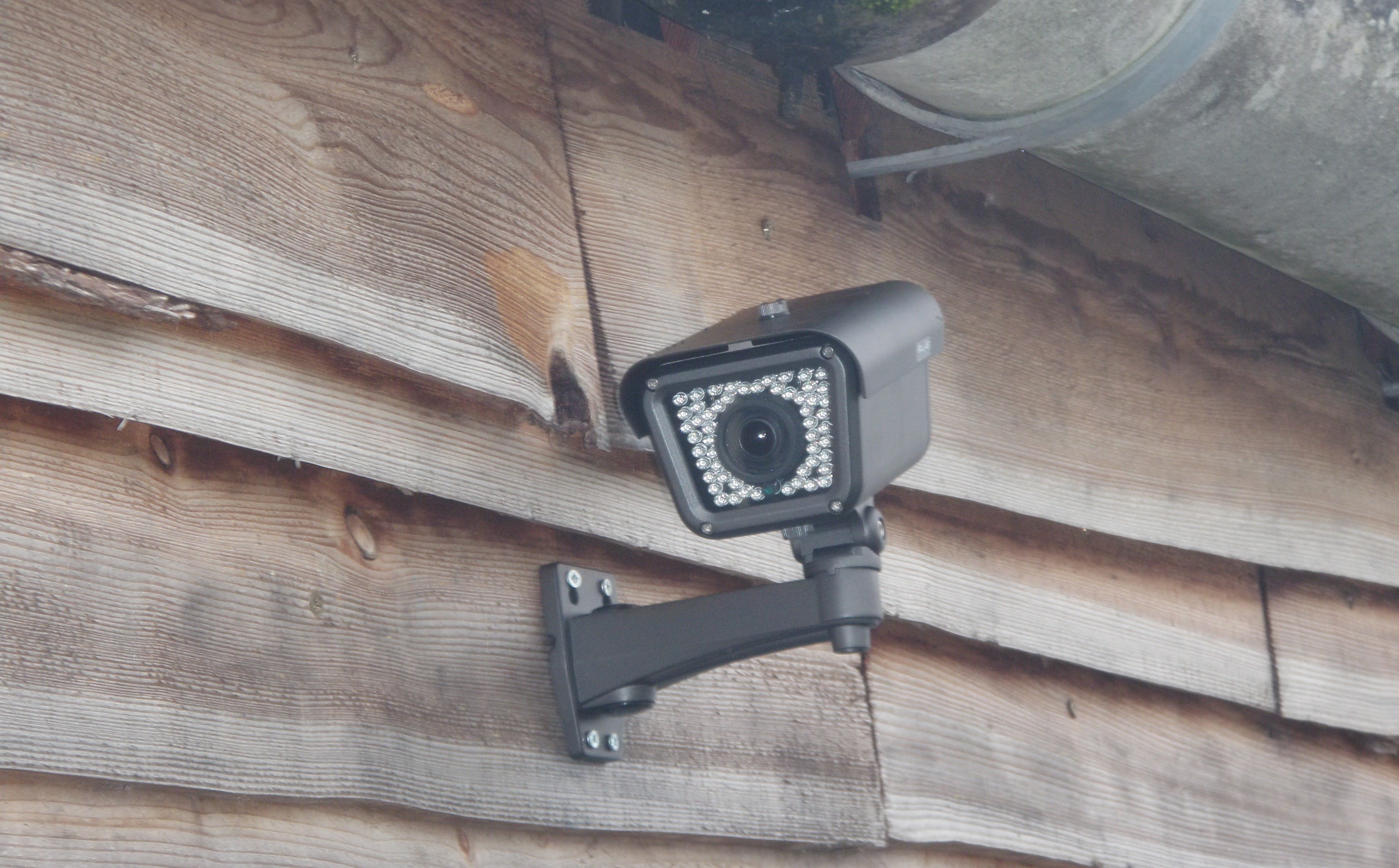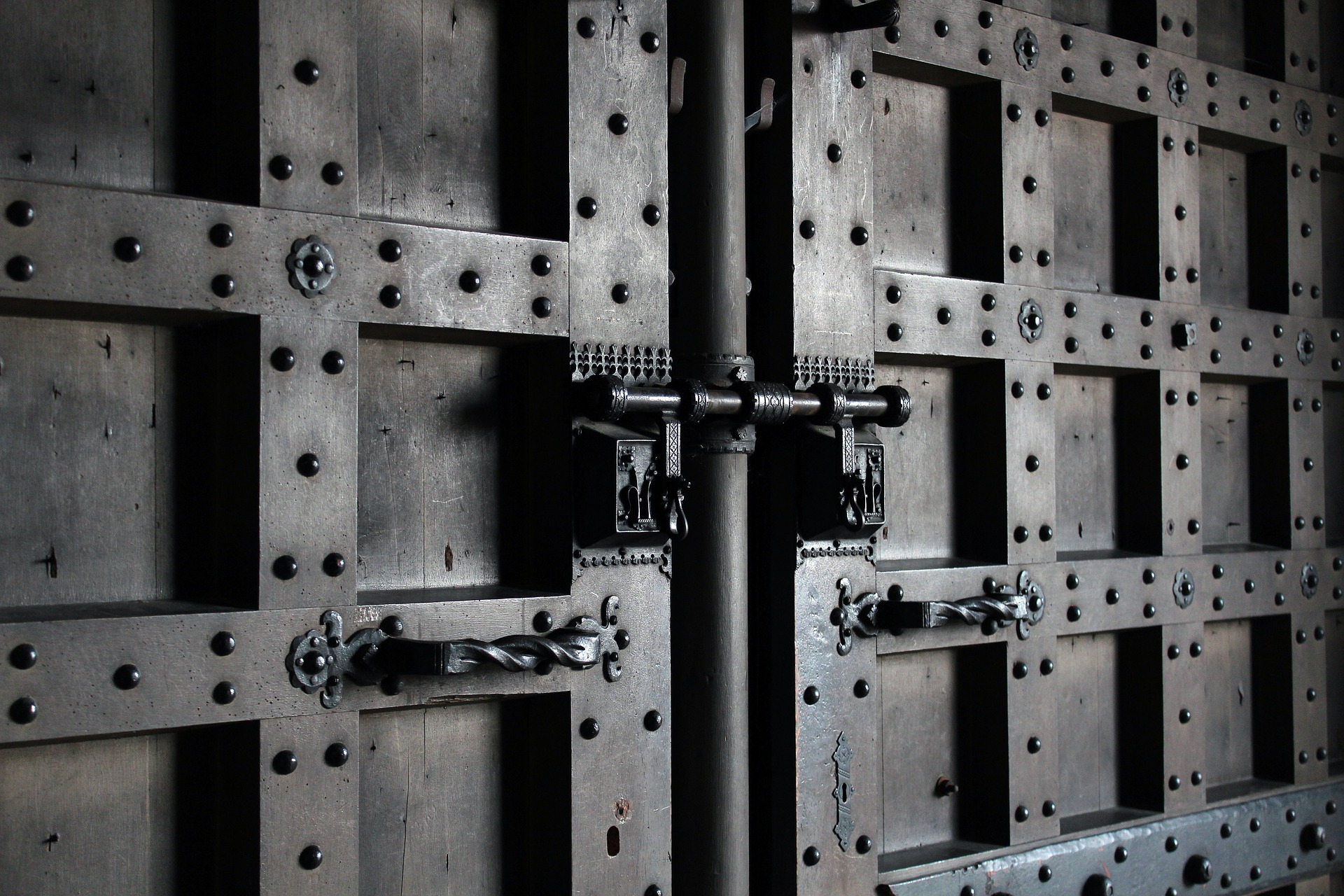How to secure your heritage building
 Towards the end of 2016, following several years of steady decline, the price of metal, and in particular lead and copper, showed an upturn. This meant that protected heritage sites and buildings were placed at an increased risk of metal theft.
Towards the end of 2016, following several years of steady decline, the price of metal, and in particular lead and copper, showed an upturn. This meant that protected heritage sites and buildings were placed at an increased risk of metal theft.
In response the Home Office announced it would be reviewing the Scrap Metal Dealers Act 2013, which it duly carried out, with contributions from UK Policing, The Heritage Alliance, and British Metals Recycling Association among others.
At the time, the cost of metal theft to the UK was estimated to be at least £220 million per annum, with a wide-reaching impact on national infrastructure such as power, transport and telecommunications networks.
The original purpose of the Act was to reverse the upward trend in incidences of metal theft by more tightly regulating the recycling sector, and therefore making it more difficult to dispose of stolen metal.
Despite official statistics showing a decrease in the number of incidents of metal thefts, since the Act was introduced, following the review, some respondents spoke out over their dismay about the Government’s decision not to strengthen sanctions within the Act. Perceived flaws in national data were cited as not providing an accurate reflection of the amount of metal being stolen by increasingly sophisticated organised crime gangs – with the figures focusing on the volume of criminal incidents, as opposed to the value.
What is not in doubt is that the theft metal and precious artefacts from heritage buildings remains a serious problem affecting organisations worldwide. In particular, where public access is provided to buildings where the structure and contents hold a high financial and heritage value.
Conducting a risk assessment of your heritage property
It is essential to undertake a comprehensive security risk assessment of your heritage property before any preventative measures are implemented. This sets out any potential threats to your premises and contents. This assessment should seek answers to the following questions:
- What are we trying to protect?
- Who would want to steal these items?
- How would thieves gain access to them?
Risk assessments should be conducted regularly (at least annually) or sooner if building work or alterations to the property are carried out, which could affect the risk of theft.
Your security survey
A security survey seeks to establish what security measures are in place or need to be put in place to protect your assets. This should be carried out by a security specialist and include a thorough examination of your premises and contents as well as the wider environment around your heritage property i.e. is it in an urban or rural area. The security survey should set out three main elements:
- How to deter would be thieves from entering your site
- How to make it harder for them to gain access, and
- How to protect your assets from theft or criminal damage
The survey should outline any security improvements that need to be made or additional measures that should be put in place.
 Security systems for your heritage property
Security systems for your heritage property
Some of the security measures you may wish to consider to protect your property include:
Perimeter protection – this may refer to a physical barrier, such as a wall or a fence, or direct access points such as doors and windows. You should also consider other, less obvious, points of entry such as ventilation ducts, coal chutes and access via adjoining outbuildings. Deterrents and detection devices are both importance here. Secure locks and bolts will strengthen your perimeter security and light and motion sensors will help to deter opportunist thieves. If any points in your site perimeter are left vulnerable due to maintenance or building works you may wish to consider additional temporary security measures such as fencing and hoarding.
Security alarm systems – work with an accredited security alarm specialist who will be able to specify an intruder alarm system that meets your properties precise needs. 24 hour monitoring can provide additional peace of mind if the property is being left unoccupied for any period of time.
Security lighting – strategically position lighting to your security advantage by illuminating dark and shadowy areas and shining light outwards from the property, to silhouette and startle any intruders. Time switches and motion sensors also provide an additional deterrent as well as giving the impression that the property is occupied, even if it may not be.
CCTV systems – CCTV not only provides surveillance measures it can also produce useful evidence if it is ever needed by the police.
Security locks and reinforced glazing – laminated glass and heavy-duty security locks are essential if you are protecting precious exhibits inside cabinets.
Security guards – there may be occasions where a more robust, ‘in-person’ security response is warranted. If you are looking to contract-out this service always choose a company who is independently accredited, whose staff are fully trained to industry standards and who carries out full background checks on their personnel.
Physical security solution aside it must not be forgotten that the very nature of a heritage building means that any alterations or additions to its fabric must be sensitively carried out and in accordance with listed building consents, as well as building standards and fire regulations.
Other protection measures being developed in the heritage sector include different forms of security marking, although the jury is still out on whether these compromise the conservation of some exhibits, as well as collection management software, to help catalogue multiple exhibits. Lasers are also a popular security option if you are protecting precious statues or other artefacts outdoors.
If you are the owner or custodian of a heritage property and would like further information or advice on how to protect your assets contact the team at SafeSite Security Solutions who are experienced security specialists with over 25 years’ experience between them.















